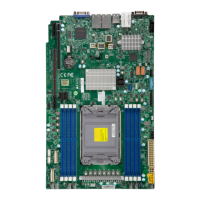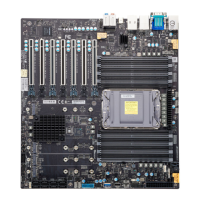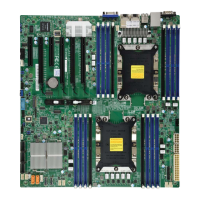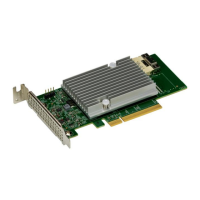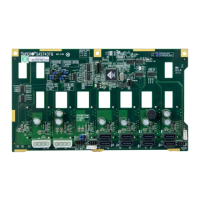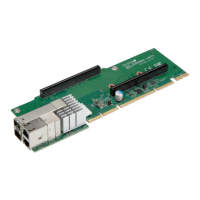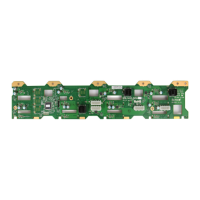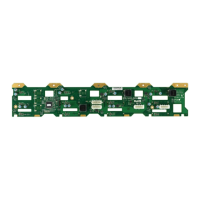Do you have a question about the Supermicro H13SSL-N and is the answer not in the manual?
Details the motherboard's features and capabilities, built upon AMD EPYC processor.
Explains symbols and special attention points for proper installation and safety.
Provides Supermicro's main office address, contact phone, fax, and email details.
Lists Super Micro Computer B.V. address and contact information for the European region.
Details Super Micro Computer, Inc. address and contacts for the Asia-Pacific region.
Provides a concise overview of motherboard layout, jumpers, LEDs, and connectors.
Lists key specifications including CPU, memory, chipset, expansion slots, network, graphics, and I/O.
Describes the AMD EPYC processor support and motherboard's microarchitecture capabilities.
Details features for monitoring system voltages, fan status, temperature, and resource alerts.
Explains the Super I/O chip functionality for serial communications and power management.
Outlines precautions and measures to protect against Electrostatic Discharge (ESD) during handling.
Guides on mounting the motherboard, including locating holes and using standoffs/screws.
Step-by-step instructions for safely installing the CPU and its heatsink onto the motherboard socket.
Covers memory specifications, population guides, and procedures for DIMM installation and removal.
Identifies and describes the function of each port on the motherboard's rear I/O panel.
Details the pin definitions for the front panel connectors (JF1) for buttons and indicators.
Explains pin definitions for front panel connectors like Power Switch, Reset Switch, and LEDs.
Describes power supply connectors (24-pin ATX, 8-pin CPU) and fan headers.
Explains jumper functionality and specific settings for CMOS clear, JSATA1, and LAN enable/disable.
Details the meaning and status of various LEDs on the motherboard, including LAN and BMC indicators.
Provides systematic steps to diagnose and resolve common system issues like no power, no video, or boot failures.
Advises on steps to take before contacting technical support and information required for assistance.
Guides on safely removing and installing the CMOS battery, including proper disposal instructions.
Introduces the AMIBIOS Setup utility and how to navigate its interface and options.
Explains the main BIOS screen, including system date/time settings and basic system information.
Covers advanced system configuration options like boot features, CPU settings, memory, and network configurations.
Details Intelligent Platform Management Interface (IPMI) settings for system monitoring and management.
Outlines security settings such as administrator passwords, secure boot, and key management.
Configures system boot modes, boot order priorities, and boot device options.
Describes options for saving BIOS changes, restoring defaults, and exiting the setup utility.
Guides on installing the operating system, including driver loading procedures.
Explains how to download and install necessary drivers and utilities from the Supermicro website.
Describes the SuperDoctor 5 software for system health monitoring and management.
Provides information on the Intelligent Platform Management Interface (IPMI) and related BIOS settings.
Presents industry standard warnings regarding battery replacement, emphasizing safety and proper handling.
Advises on product disposal procedures in accordance with national laws and environmental regulations.
| Brand | Supermicro |
|---|---|
| Model | H13SSL-N |
| Category | Computer Hardware |
| Language | English |


